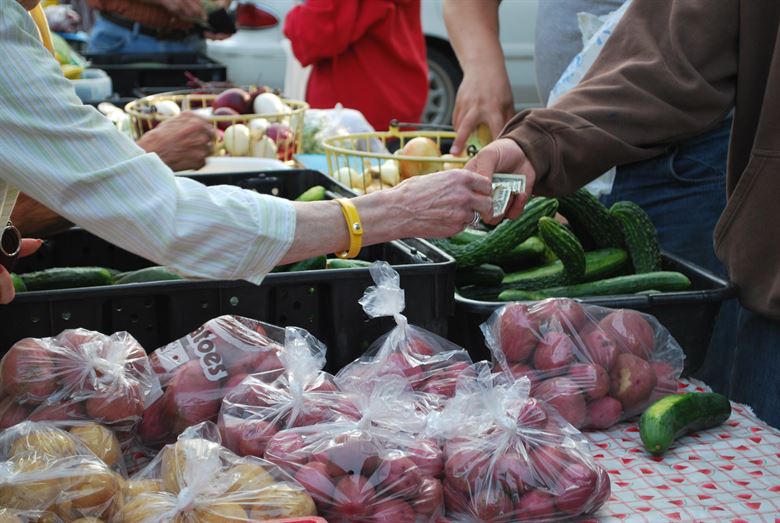In US, growth in organics outstrips growth in other food categories
Speaking to Foodbusinessnews, Angela Jagiello, director of education and insights at the OTA, said,
“Shoppers consistently relate that they choose organic because they believe the product to be ‘better for me and my family’. In 2019, the Organic Trade Association led one of the largest-ever consumer research projects on behalf of organic. Shoppers told us that they value the fact that more than 700 chemicals are prohibited in organic, the strong standards and enforcement that underpin the USDA organic seal, and that they believe organic agricultural practices can play a role in mitigating climate change.”
Category trends
Fresh produce remains the largest organic category, representing more than 36% of all organic food sales, according to the OTA. In 2018, sales of organic fruits and vegetables increased 5.6% to $17.4 billion, while sales of all fruits and vegetables, including organic and conventional products, rose 1.7%. Organic fruits and vegetables comprise nearly 15% of all produce sold in the United States. Carrots, greens, apples and bananas remain popular picks in the organic section, while organic berries, mangos, papayas, avocados, Brussels sprouts and cauliflower are gaining steam.
“Millennials are the fastest-growing demographic of consumers who want what’s best not only for themselves but their families, too,” said Emmanuel Laroche, global marketing leader and vice president of marketing and consumer insights for Symrise. “So, when it comes to foods and beverages, organics are on the top of their grocery lists.”
Where is the organic market headed next?
“Packaging may be a future frontier,” said Jagiello. “There’s a robust organic industry conversation about sustainable packaging. Industry members are working individually and collectively to press suppliers for more responsible, less plastic, alternatives. This will require education for shoppers, and for retailers, but will ultimately be positive for all. Organic will be the tip of the spear on this issue and will catalyse positive change throughout the food industry.”



